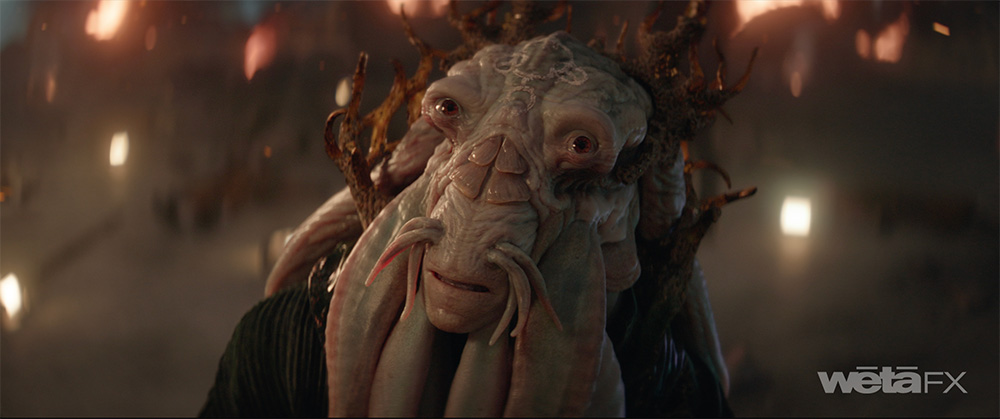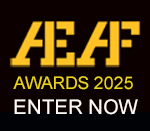
Video not available for public viewing
Feature Films VFX
Rebel Moon: Child of Fire
Wētā FX
For Rebel Moon – Part One: A Child of Fire, the director set the distinctive aesthetic for the alien worlds in the story with traditional cinematography techniques amplified (and occasionally deliberately broken) through use of dynamic angles and framing.
Made specially for the film, a set of 14 uniquely detuned Leica M lenes allowed for cinematography revelling in lens flares, and bokeh. Matching this digitally became a prime challenge.
There was much ideation, exploration and collaboration with the filmmakers to extrapolate the aesthetic established in the principal photography, to the scale required for establishing these worlds. The custom lenses meant we had to extend our previously built tool sets to allow us to map and reproduce all the smearing, bokeh, and vignetting effects as the detuning of the lenses was more drastic than previous projects. We also up-specked it to handle 4K and along with our mapped lens profiles, it was packaged up as gold standard and licensed for other vendors on the project.
Capturing the human scale in the vastness of space cinematography, we occasionally stretched the laws of physics just enough to feed the aesthetic. To better serve the pull-out from the limited plate elements into the full CG establishment of the Imperium Fleet of dreadnoughts, we reconstructed the plate to modify the original camera movement.
Practical reference points were used including a full-CG approach that mirrored hard-mounting cameras to a fuselage.
Compositing leveraged our proprietary Point Spread Function toolset to perfectly replicate kernelling, astigmatism, smearing, aberrations, cometing, vignetting and bokeh shape.
For the partially set-built freighter, we built extensions referencing photography and textures to match lighting. Close collaboration between lighting and compositing was required for Sharaan new city with lots of volumetric lighting and comp atmospherics.
We developed the King Levitica character from the ground up to a brief that sought a fully intellectual sentient creature with skin textures and parts of his anatomy akin to molluscs and other sea creatures.
For the destruction of Sharaan, minimalist greenscreen plates were replaced by wide shots of the destroyed old city featuring damage, debris, scorch marks and smoke layered between actors.The key to selling the nuclear explosion on Sharaan was multiple interacting levels of FX destruction, atmos, and debris. The pyroclastic explosions were enhanced by our lensing tools.
The Uraki head replacement required matching muscle twitches with frame by frame warping, fine hair extractions and scale gags. This enabled artists to perfectly match cg Urakis to live horses, adapting lens characteristics to the plate.


